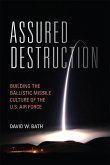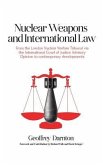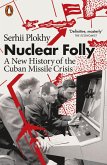The Nuclear Age properly began with the discovery of the nucleus by Ernest Rutherford in 1911, but its impact on civilization began with the use of atomic bombs against Japan in WWII. The development of atomic bombs forever changed the world. From having a single bomb immediately after the Nagasaki attack, the United States would go on to build some 70,000 nuclear bombs over the course of the Cold War. The colossal brinkmanship with the Soviet Union threatened each country's people. Why were so many bombs thought to be necessary? How did the infrastructure come about to enable the delicate business of building and deploying so many bombs? This book answers these questions and more; through high quality photographs the full flowering of the warheads and delivery systems of the nuclear age are shown in chilling detail.








